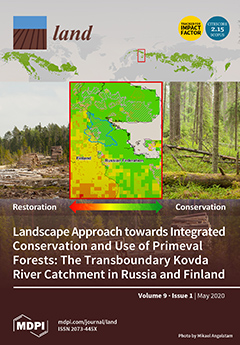Resource information
The aim of this research was to assess differences in the quantity and quality of herbage and invertebrate generalist predator abundance among permanent and temporary pastures. Two permanent pastures and four temporary ley pastures (either one year or two years since being sown) were monitored weekly for 10 weeks in the spring. Permanent pastures included a diverse range of native UK grass species, and temporary ley pastures were predominantly perennial ryegrass (Lolium perenne) with or without white clover (Trifolium repens). Weekly measurements of herbage height (in centimeters), herbage cover (fresh and dry matter in kg per hectare) and herbage density (fresh and dry matter in kg per hectare per centimeter) were obtained for each field, along with lycosid spider and carabid beetle abundance. Weekly pasture samples were used to obtain nutrient concentrations of dry matter, crude protein, neutral detergent fibre (NDF), acid detergent fibre (ADF), ash, oil, sugars, digestible organic matter in the dry matter (DOMD) and metabolisable energy (ME) in the herbage as a measure of forage quality for grazing or harvesting. A linear mixed model was used to assess the effect of sward age, herbage density and height on herbage production, nutrient concentrations and invertebrate abundance. Although this study showed that permanent pastures were associated with lower nutrient concentrations of crude protein, ash, oil and ME compared to younger and predominantly perennial ryegrass pastures, the older pastures were associated with higher carabid numbers. Furthermore, permanent pastures had a higher density of dry matter herbage compared to younger pastures, and more dense and taller swards were associated with higher lycosid numbers. The study suggests that within pastures of 3 to 20 cm height, increasing the height and density of swards increases both ME and oil concentrations in herbage, therefore enhancing forage nutrient quality. Older and more permanent pastures can be beneficial for plant and invertebrate generalist predator populations, and still provide a useful source of nutrients for forage production.


